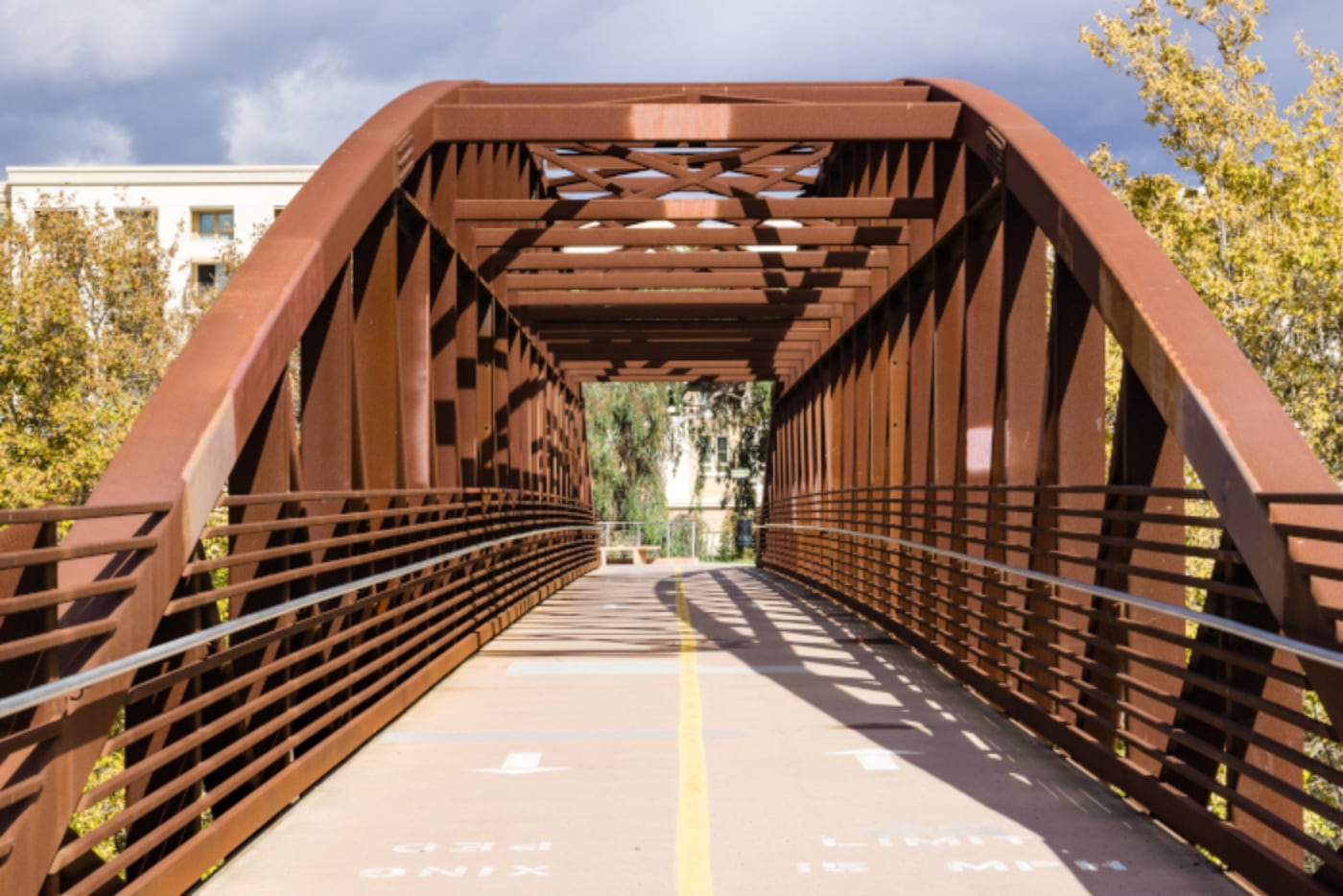Steel bridges are marvels of modern engineering, combining strength, durability, and aesthetic appeal. When constructed using red iron beams, these structures gain additional benefits regarding corrosion resistance and visual distinctiveness. In today's blog, we'll explore what it takes to build a steel bridge using red iron beams.
Planning and Design of a Steel Bridge Build
The first step in constructing a steel bridge with red iron beams is a meticulous planning and design process. This thorough approach is crucial to avoid making structural missteps and to ensure the bridge's stability and longevity.
The second step is to complete a site assessment. Engineers must evaluate the terrain, soil conditions, and environmental factors that could impact the bridge's stability and longevity.
The next critical step in the planning phase is structural analysis, a process that utilizes advanced computer modeling to simulate the bridge's performance under various conditions. This sophisticated process, which involves a collaborative effort between engineers, architects, and construction specialists, ensures the bridge's structural integrity and its ability to safely accommodate specific vehicle weights and traffic volumes.
Lastly is the material selection phase. Where the primary red iron beams get purchased along with the other bridge components like the columns, girders, decking, joints, and foundations must be chosen to complete the structure.
Critical Components of Steel Bridges
A steel bridge using red iron beams typically consists of several crucial elements:
Load-bearing Beams: The red iron beams are the primary load-bearing structures, running continuously from pier to pier.
Vertical Support Columns: These provide vertical support and anchorage to the foundation.
Lateral Support Girders: Offer lateral support and carry dynamic loads.
Reinforced Decking: Usually made of reinforced concrete or steel, this is the surface used by vehicles or pedestrians.
Structural Joints: These connect different structural components designed to be rigid or flexible.
Advantages of Red Iron Beams
Using red iron beams in bridge construction offers several benefits:
Corrosion Resistance: The red iron oxide coating protects against rust and weathering.
Strength and Durability: Steel bridges, particularly those using red iron beams, can span long distances with minimal support and withstand heavy loads.
Speed of Construction: Pre-fabricated steel components, including red iron beams, can be assembled quickly on-site, reducing construction time.
Aesthetic Appeal: The distinctive red color of the beams can create a visually striking structure.
Kicking-Off Your Bridge-Building Project by Working With A Red Iron Pro
While red iron beam bridges offer numerous advantages, there are some challenges to consider:
Thermal Expansion: Steel expands and contracts with temperature changes, requiring careful design to accommodate these environmental movements.
Initial Costs: Steel bridges, especially those using specialized materials like red iron beams, can be higher than some alternatives.
Specialized Skills: Bridge building requires workers with steel fabrication, welding, and construction expertise.
Building a steel bridge using red iron beams is a complex but rewarding endeavor. The result is a durable, efficient, and visually impressive structure that can serve communities for decades. With proper planning, skilled execution, and ongoing maintenance, these bridges stand as testaments to engineering ingenuity and the enduring strength of steel construction.
To kick off your bridge-building project, contact the red iron pros at Overman Steel and Fab in Joplin, Missouri, at (417) 499-0181.
